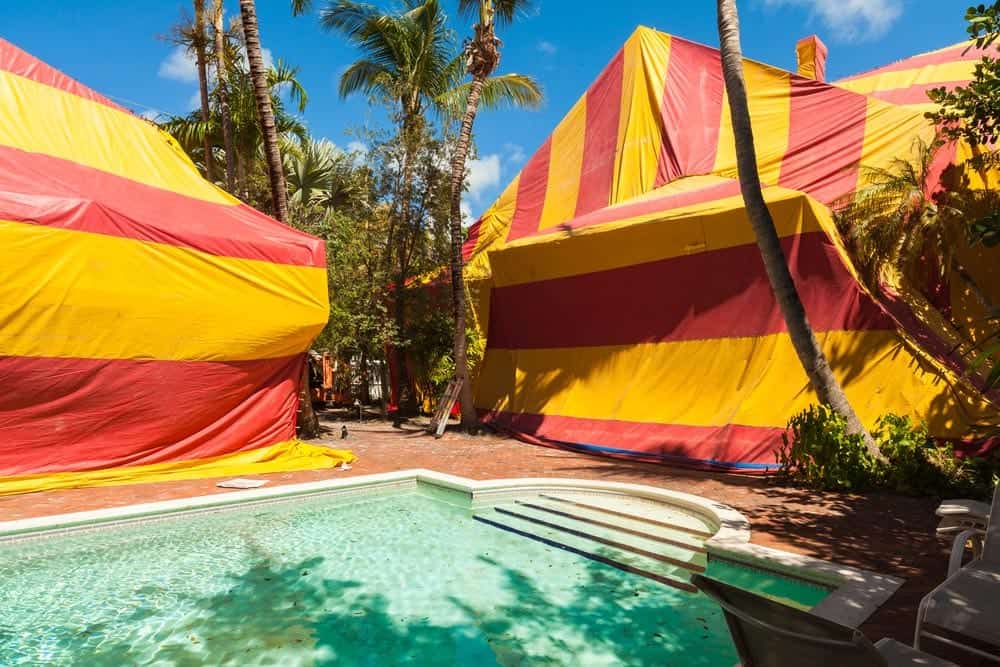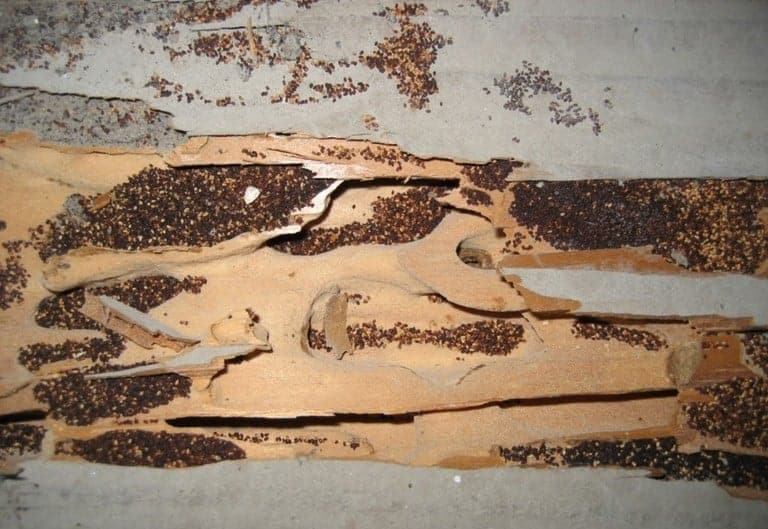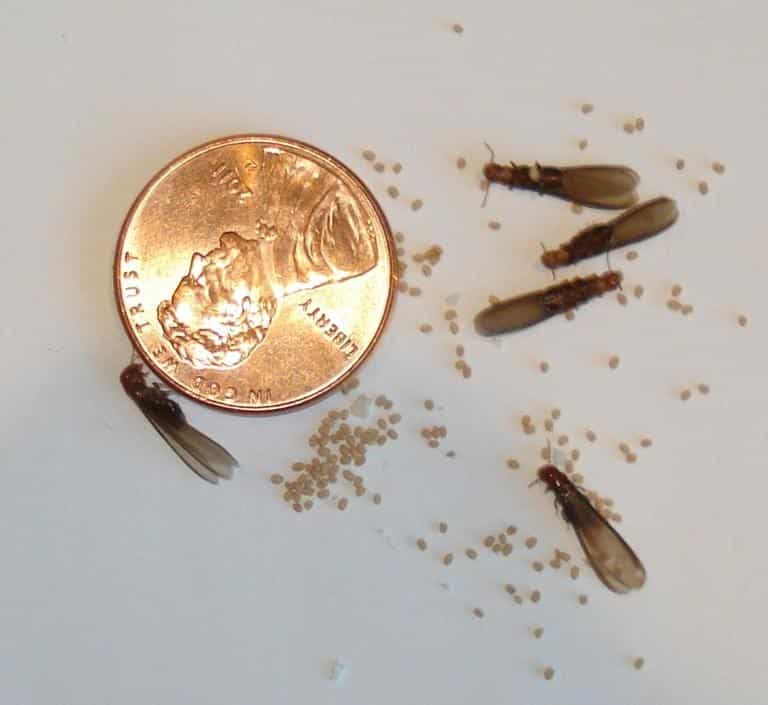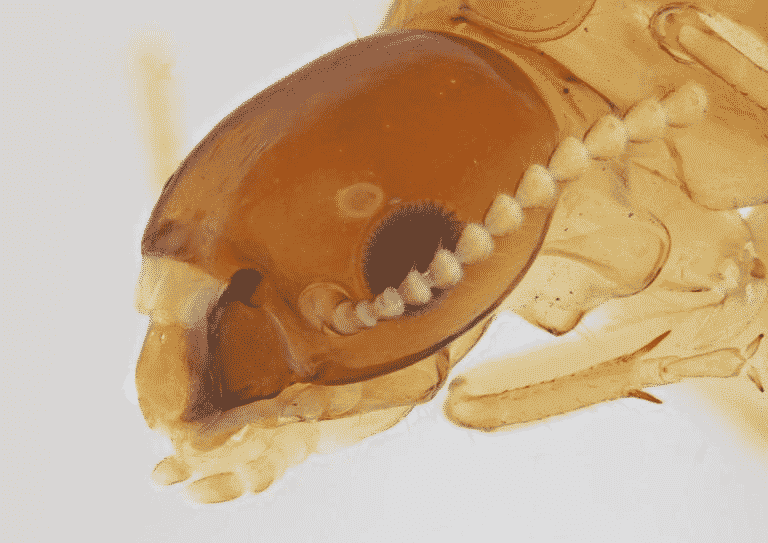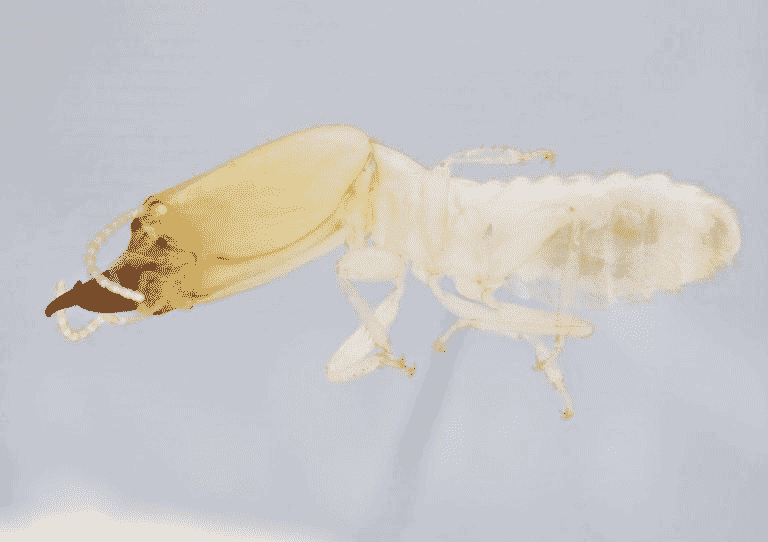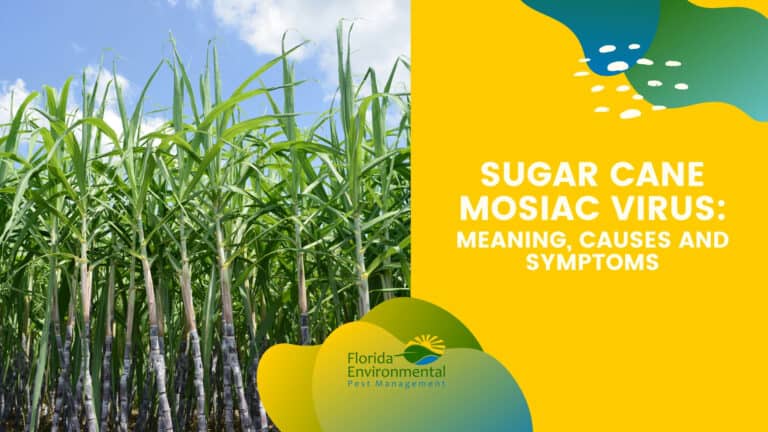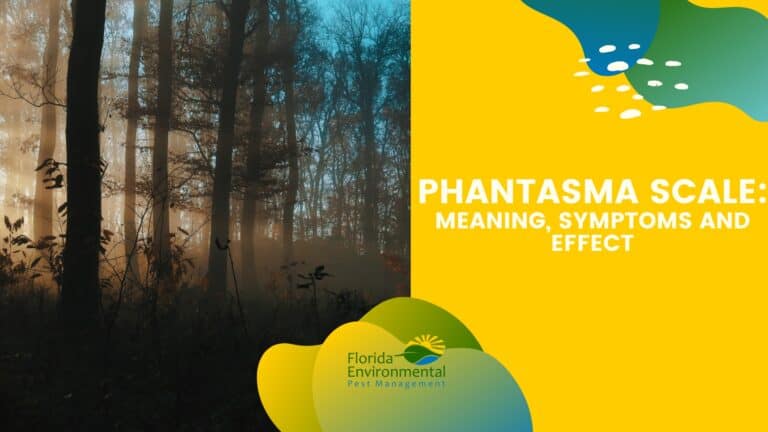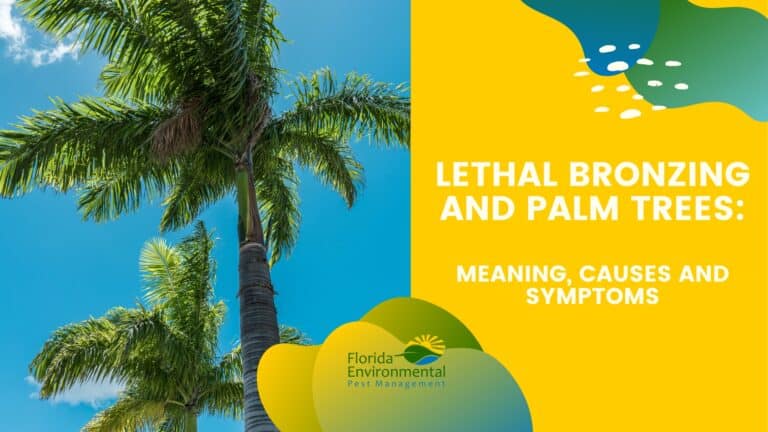Tent Fumgation
The Only Way To Complete Eliminate Drywood Termites
At Florida Environmental Pest Management, we offer a range of effective termite treatments, including Drywood Termite Tent Fumigation to eliminate Drywood Termites. We typically recommend tent fumigation when someone is moving into a new home and after a Drywood Termite infestation has been discovered. We will also recommend this treatment method when a home is heavily infested with Drywood Termites. Florida Environmental Pest Management has been helping South Florida builders, homeowners, realtors, and business owners with effective termite elimination and prevention for many years.
We understand that Tent Fumigation is not the ideal choice when treating for termites. We only recommend this method when we are 100% confident that it is your only option. We will walk you through the entire fumigation process from start to finish. We want you to feel completely confident about the entire tent fumigation process. We also offer a 100% guarantee on our work for years after the service is completed.
Advantages Of Tent Fumigation
Tent fumigation is highly effective when dealing with Drywood Termite infestations. The product we use disperses and penetrates throughout the entire structure. In addition to effectively targeting Drywood Termites, even in inaccessible areas, other pests are also eliminated, including cockroaches, rodents, old house borers, Formosan termites, and cockroaches.
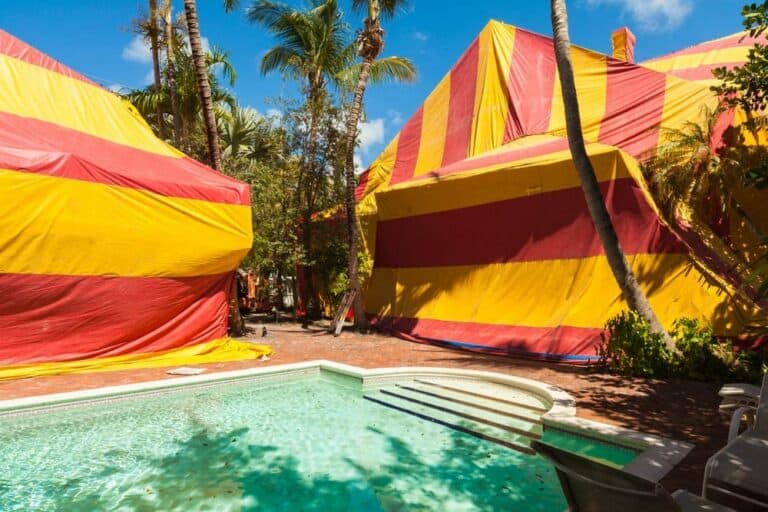
Florida Environmental Pest Management “Where The Grass Is Always Greener”
The fumigant is a true gas, meaning that it is lighter than air. Once the home is completely aerated, it leaves behind ZERO residue. All areas achieve 100% control inside of the structure. You will receive a longer warranty than spot treatments.
Tent Fumigation may be the only option if the infestation is severe enough or areas of activity are not accessible.
You Can Trust Florida Environmental For Your Termite Control

Fumigation Done Safely & Effectively
Tent fumigation is an exact science requiring skill, knowledge, and experience. We are experts, and are able to solve a Drywood Termite problems with tent fumigation while protecting families, homes, and other individuals ensuring no one comes into contact with the products used for Drywood Termite Tent Fumigation. Our team specializes in calculating the correct dosage of materials used, correctly monitoring the fumigation of a home and all other aspects of this effective pest control strategy.
What Are Drywood Termites?

It can be very difficult to detect an invasion of Drywood Termites. In fact, it’s not unusual for a home to be damaged extensively before an infestation is found. They live inside the wood, almost completely out of sight. The most common signs of Drywood Termites that people notice are tiny holes in wood and fecal pellets on the floor, which are pushed out of those holes by the termites. This is evidence of a mature colony.
This species of termites lives in colonies of up to about 5,000, which includes the queen, king, soldiers, nymphs, and pseudergates, also known as false workers. The following are some of the descriptive features of various types of Drywood Termites:
- Alates or winged reproductives are pale brown to reddish-brown Drywood Termites.
- They are cylindrical in shape, and their bodies are hardened.
- They have four equally sized wings that extend longer than their body.
- The soldiers and nymphs are cream-colored. Their bodies are soft. These types of Drywood Termites are usually hidden inside wood or some other type of cellulostic material.
- They range in length from 3/8” to ½”.
Drywood termites are most commonly found in older homes that have sound, non-decayed wood. They build their colonies in wood frames, fascia boards, wood flooring, attics, doors, furniture, and window sills. When they initially get into a home, the winged termites known as alates or swarmers make their way inside through openings and cracks in the wood. Drywood termites have adapted to dry environments by developing a more impermeable cuticle that better retains body moisture. They are also able to resorb moisture from their feces, and this process is what gives their excrement a unique hexagonal shape.

